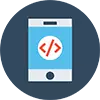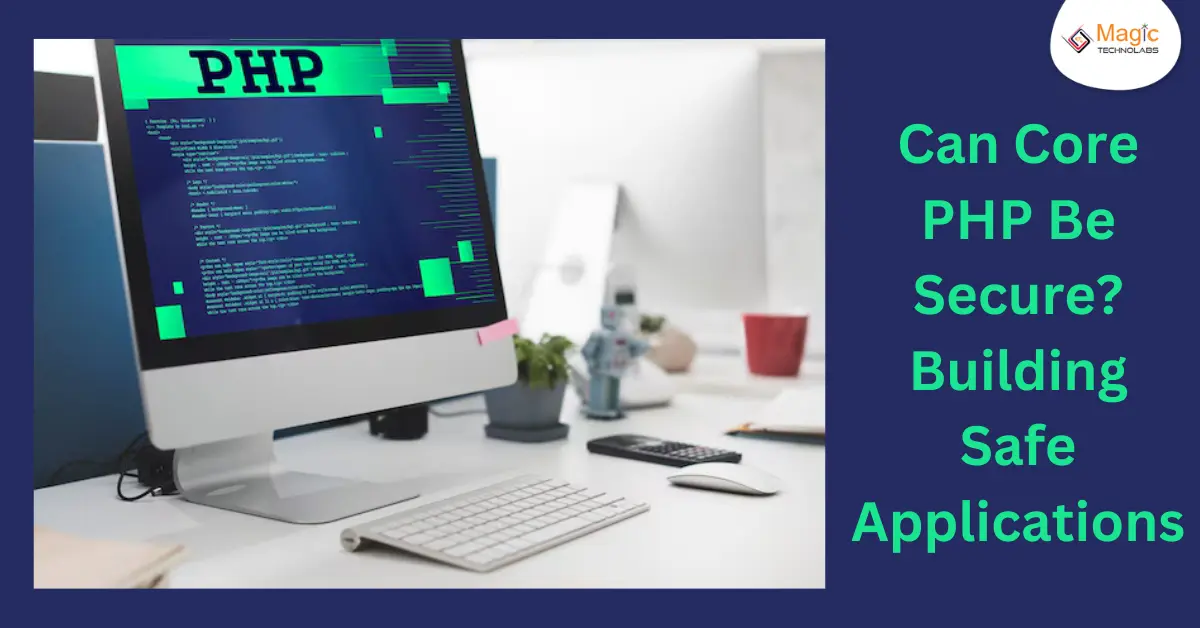PHP, a popular workhorse for web development, often faces questions about its security. While core PHP itself might not be inherently insecure, vulnerabilities can arise from improper coding practices and a lack of developer awareness. However, fear not, PHP developers! By following security best practices, you can build safe and trustworthy applications.
Common PHP Security Pitfalls
Several common pitfalls can expose your PHP applications to vulnerabilities:
Input Validation: Failing to validate user input leaves your application susceptible to attacks like SQL injection and cross-site scripting (XSS). Always validate and sanitize all user data before processing it.
Outdated Software: Using outdated versions of PHP frameworks or libraries leaves you vulnerable to known security exploits. Regularly update your software to benefit from security patches.
Insecure File Permissions: Granting excessive permissions to files and directories on your server can create security risks. Use the principle of least privilege and limit access to sensitive data.
Session Management: Improper session management can expose user data to unauthorized access. Utilize secure session handling techniques and employ encryption for sensitive information.
Building a Secure PHP Fortress
By adopting secure coding practices, you can significantly enhance your application's security:
Input Validation: Always validate user input to ensure it matches expected data types and doesn't contain malicious code. Utilize prepared statements for database interactions to prevent SQL injection.
Output Encoding: Sanitize output before displaying it on the web page to prevent XSS vulnerabilities.
Regular Security Audits: Conduct regular security audits to identify and address any potential vulnerabilities in your code. Leverage security testing tools to stay ahead of potential threats.
Stay Updated: Keep your PHP framework, libraries, and server software updated with the latest security patches to minimize vulnerabilities.
Security is a Shared Responsibility
Building secure PHP applications is a collaborative effort. Developers need to be aware of security best practices and implement them diligently. Additionally, server administrators need to ensure a secure hosting environment with appropriate permissions and configurations.
Conclusion
Core PHP can be a powerful tool for building secure applications. By understanding common pitfalls, adopting secure coding practices, and staying vigilant with updates and audits, you can create trustworthy PHP applications that your users can rely on. Remember, security is an ongoing process, so stay informed and remain vigilant.
















